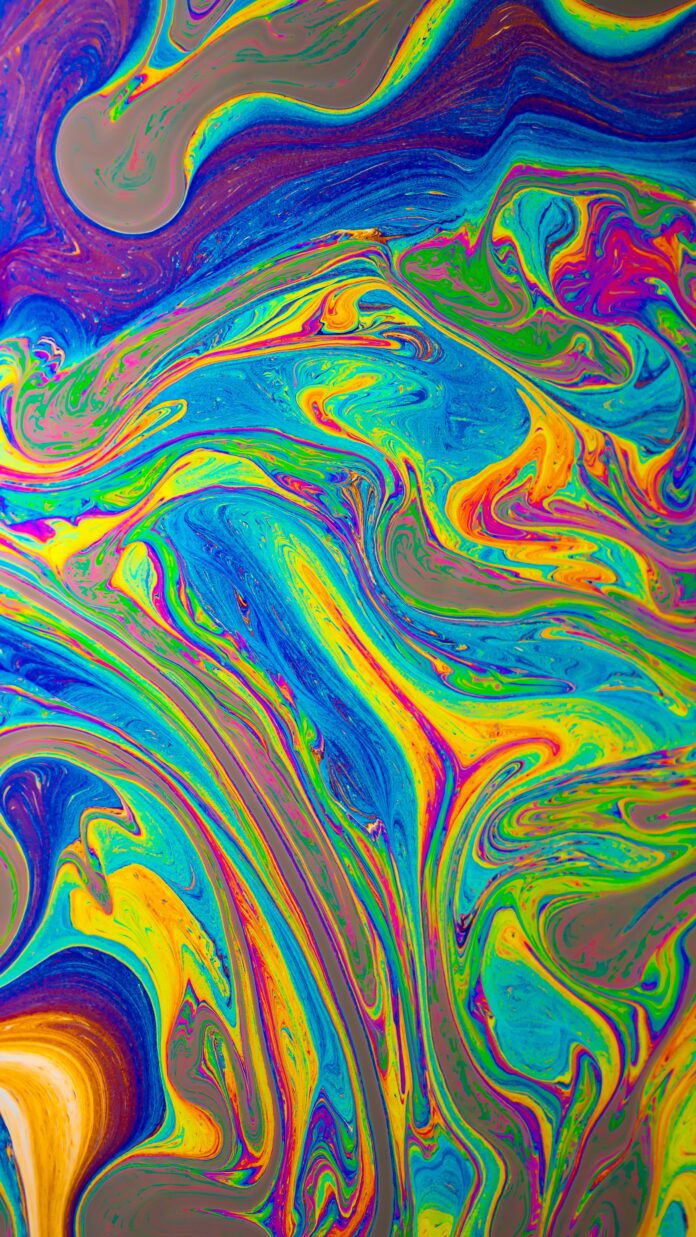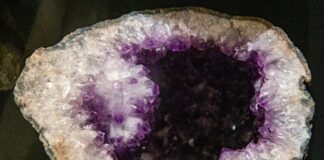Pimples: Unraveling the Complexities of a Common Skin Woe
In the intricate tapestry of human skin, there exists a ubiquitous phenomenon that has plagued individuals across generations – pimples. These small, often bothersome eruptions, are a well-known and unwelcome companion in the lives of many. Pimples, medically referred to as acne vulgaris, manifest as raised, red bumps on the skin’s surface, frequently containing pus. While they are often associated with the teenage years due to hormonal fluctuations, they can affect individuals of all ages. The development of pimples is attributed to a multifaceted interplay of factors involving sebaceous glands, hair follicles, bacteria, inflammation, and hormonal dynamics. This article delves into the intricate world of pimples, exploring their causes, characteristics, and potential treatments, as we strive to unravel the complexities of this common skin concern.
At its core, a pimple is the visible outcome of a complex interaction that takes place within the skin’s microenvironment. Sebaceous glands, which are present throughout the skin, particularly in the face, back, and chest, produce an oily substance known as sebum. Sebum plays a vital role in maintaining skin hydration and protecting it from external factors. However, when these glands become overactive due to hormonal shifts, such as during puberty, the production of sebum can increase, potentially clogging the hair follicles. Concurrently, skin cells shed at a higher rate, further contributing to the blockage. This combination of excess sebum and dead skin cells provides an ideal environment for bacteria, particularly Propionibacterium acnes, to flourish.
As bacteria proliferate within the clogged follicles, the body’s immune system responds by triggering an inflammatory reaction. This inflammatory response results in the characteristic redness, swelling, and discomfort associated with pimples. The body’s immune cells release substances that aim to combat the bacterial invasion, but they can also inadvertently contribute to tissue damage, giving rise to the formation of a pustule – a pimple containing a visible, often white or yellow, center of pus.
The process described above outlines the formation of a single pimple. However, the landscape of pimples can be diverse, ranging from minor, isolated blemishes to more extensive outbreaks. Factors such as genetics, lifestyle choices, diet, and environmental exposures can influence the severity and frequency of pimple occurrence. Certain individuals may be predisposed to producing more sebum, thereby making them more susceptible to pimples. Additionally, hormonal imbalances, which can be triggered by puberty, menstruation, pregnancy, or conditions like polycystic ovary syndrome (PCOS), can exacerbate the development of pimples.
While pimples are a common occurrence, their impact extends beyond physical discomfort. The psychological and emotional toll of dealing with pimples can be significant, particularly during adolescence when social interactions and self-esteem are at a sensitive juncture. The visible nature of pimples can lead to self-consciousness, social withdrawal, and even anxiety or depression in severe cases. Acknowledging the holistic effects of pimples is crucial in understanding the urgency of effective management and treatment.
In the quest to address pimples, a multitude of approaches are available, ranging from over-the-counter remedies to medical interventions. Cleansing the skin with gentle, non-abrasive cleansers can help remove excess sebum and prevent the accumulation of bacteria. Topical treatments containing ingredients like benzoyl peroxide, salicylic acid, or alpha hydroxy acids can assist in unclogging pores and reducing inflammation. These treatments are often the first line of defense for mild cases of pimples.
Certainly, here are five key features of pimples:
Inflammatory Response:
Pimples are the result of an inflammatory reaction within the skin. When hair follicles become clogged with excess sebum and dead skin cells, bacteria thrive in this environment, leading to redness, swelling, and discomfort.
Sebaceous Glands and Hormones:
Overactive sebaceous glands, often triggered by hormonal fluctuations during puberty or other stages of life, contribute to increased sebum production. Hormones play a significant role in the development of pimples by influencing the oiliness of the skin.
Variability and Types:
Pimples come in various forms, including whiteheads, blackheads, papules, pustules, and cysts. Each type exhibits unique characteristics, such as closed or open comedones, and varies in severity, from mild blemishes to more extensive outbreaks.
Psychosocial Impact:
Beyond physical discomfort, pimples can have a profound psychosocial impact. The visible nature of pimples can lead to self-esteem issues, social withdrawal, and emotional distress, particularly during adolescence when self-image is crucial.
Treatment Options:
A range of treatments exists to manage and alleviate pimples. These include over-the-counter cleansers and topical treatments with ingredients like benzoyl peroxide and salicylic acid. For more severe cases, medical interventions such as prescription medications, antibiotics, or dermatological procedures may be recommended.
Pimples: A Closer Look into the Intricacies of Skin Eruptions
In the vast realm of dermatology, one of the most ubiquitous and persistent challenges faced by individuals is the occurrence of pimples. These seemingly small and innocuous skin eruptions, often referred to as acne vulgaris in medical terminology, have garnered attention for their ability to disrupt daily life and affect one’s self-esteem. While pimples are commonly associated with the tumultuous hormonal shifts of adolescence, they can make unwelcome appearances at any age, casting a shadow over the quest for clear and radiant skin.
The journey into understanding pimples takes us beneath the surface of the skin, where a complex interplay of physiological processes and environmental factors converge. At the heart of this tale are the sebaceous glands, which have a significant role in the formation of pimples. These microscopic glands are distributed across the body, with higher concentrations found in areas such as the face, chest, and back. They produce sebum, an oily substance that serves as a natural moisturizer, safeguarding the skin from external elements. Sebum’s role in maintaining the skin’s health is vital, but an excess of it can lead to an unwelcome outcome – the formation of pimples.
The genesis of a pimple begins within a hair follicle, a tiny canal that originates in the skin’s inner layers and extends outward. When the sebaceous glands become hyperactive due to hormonal fluctuations or other triggers, they produce an excessive amount of sebum. This surplus oil, combined with the shedding of dead skin cells, can accumulate within the hair follicle, forming a plug. This plug acts as a barricade, obstructing the natural flow of sebum to the skin’s surface.
As this process unfolds, a microcosm of activity transpires within the hair follicle. Bacteria, particularly Propionibacterium acnes, find a fertile breeding ground in this sebum-rich environment. As these bacteria multiply, they trigger an immune response from the body, leading to inflammation. The inflamed follicle becomes red, swollen, and tender to the touch – the telltale signs of a pimple in the making.
The body’s immune cells, in their valiant effort to combat the bacterial invasion, release substances that contribute to the formation of pus. Pus is a mixture of dead bacteria, immune cells, and debris, and it accumulates at the center of the inflamed follicle. This accumulation culminates in the visible appearance of a pustule, the quintessential image of a pimple that so many are familiar with.
The manifestation of a pimple is not a singular event but rather a process influenced by an array of factors. Genetics, for instance, can play a pivotal role in determining an individual’s susceptibility to pimples. Some individuals may inherit a predisposition for producing excessive sebum or having a heightened inflammatory response, rendering them more prone to pimple formation.
Lifestyle choices and environmental influences further contribute to the intricate tapestry of pimples. Diet, often debated in its relationship to skin health, may exert some influence. While scientific consensus is still evolving, certain dietary components, such as high glycemic index foods or dairy products, have been hypothesized to exacerbate pimple development in susceptible individuals.
Stress, long hailed as a silent antagonist to overall well-being, also finds its place in the story of pimples. The intricate connection between stress and skin health is a topic of ongoing research, but it is widely acknowledged that stress can influence hormonal balance and exacerbate existing skin conditions, potentially including pimples.
In the era of modern skincare, an abundance of products and treatments have emerged, each promising to address the persistent issue of pimples. Cleansers, toners, serums, and masks flood the market, each bearing the allure of clear and flawless skin. These products often contain active ingredients like salicylic acid, known for its ability to penetrate pores and exfoliate, or benzoyl peroxide, revered for its antibacterial properties. While these formulations can offer relief for some, navigating the landscape of skincare requires patience and an understanding of one’s unique skin profile.
For those grappling with severe or persistent pimples, the journey may lead to the dermatologist’s office. Dermatologists, armed with a comprehensive understanding of skin physiology, can devise tailored treatment regimens that encompass prescription medications, oral contraceptives for hormone regulation, or even advanced procedures such as laser therapy or chemical peels. These interventions are often reserved for cases where pimples pose a significant physical or emotional burden, emphasizing the individualized nature of skincare.
As we delve into the intricacies of pimples, it becomes evident that their impact extends beyond mere surface-level blemishes. Pimples have the power to shape self-perception, influencing how individuals view themselves and interact with the world around them. The emotional toll of dealing with pimples can be profound, leading to a range of psychological responses that merit acknowledgment and empathy.
In conclusion, the saga of pimples is a multi-faceted narrative that delves into the depths of skin biology, hormonal dynamics, genetic predisposition, lifestyle influences, and the evolving landscape of skincare. Pimples, though often dismissed as a transient and minor concern, wield the capacity to disrupt daily life and self-confidence. Understanding the intricacies of pimples fosters a more compassionate and informed approach to their management, as individuals navigate the path toward healthier, clearer, and more radiant skin.














